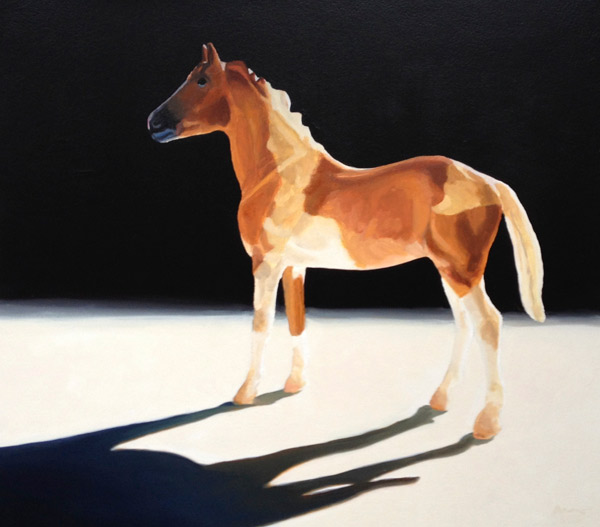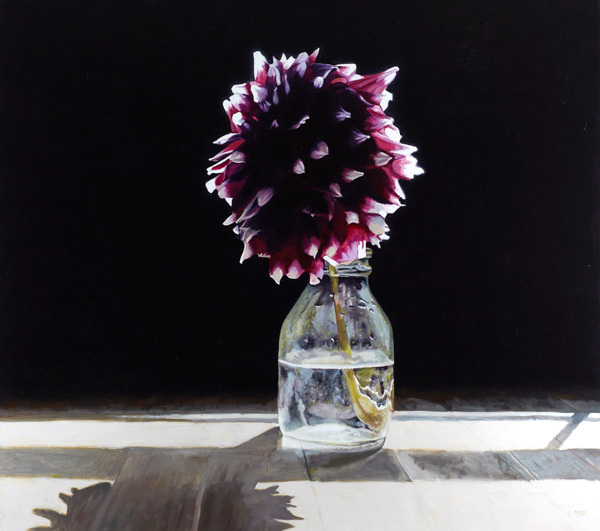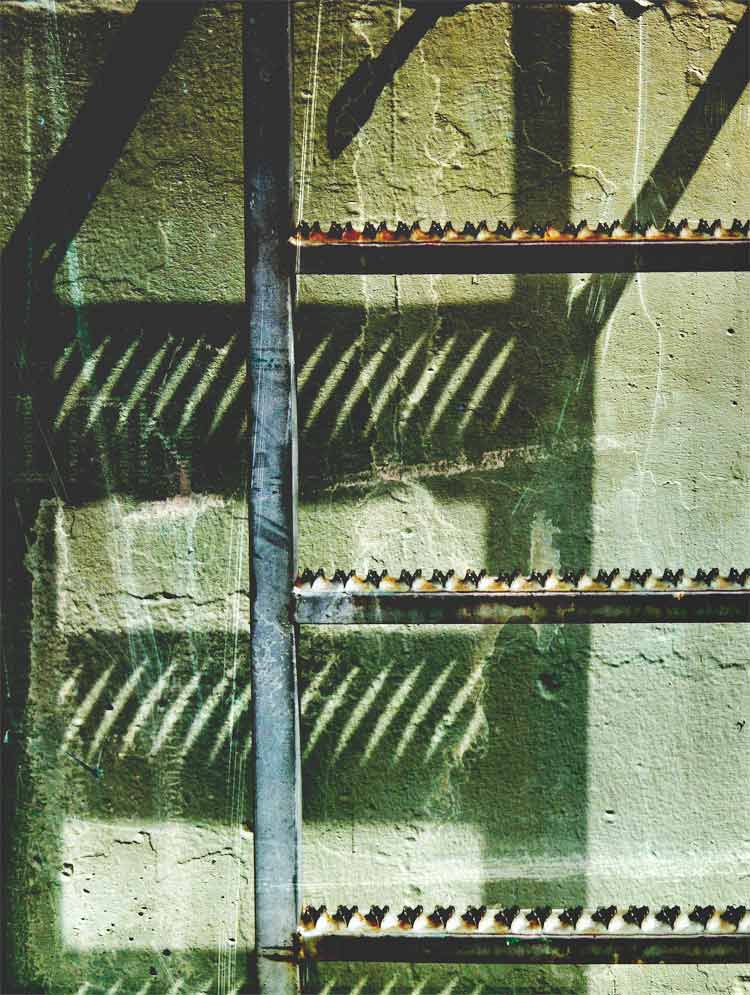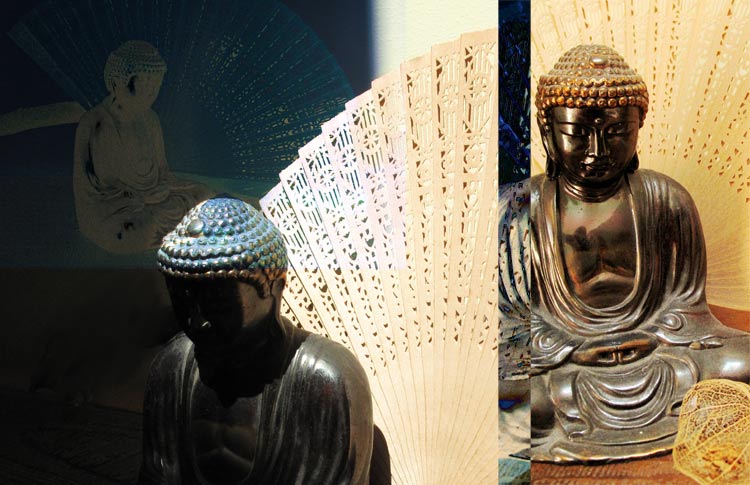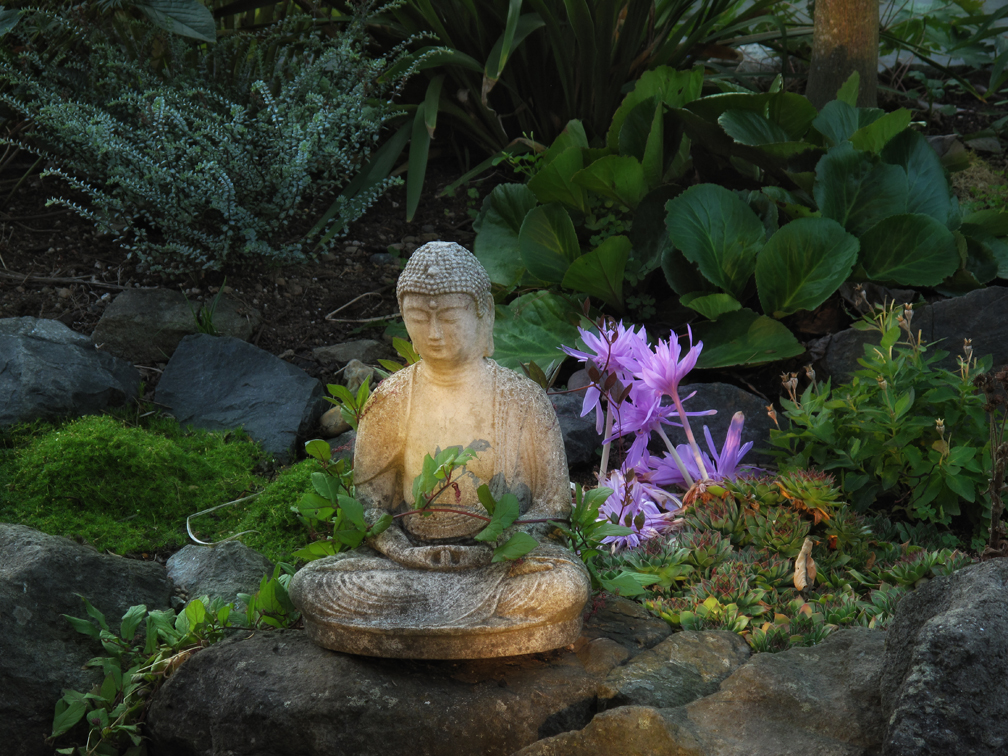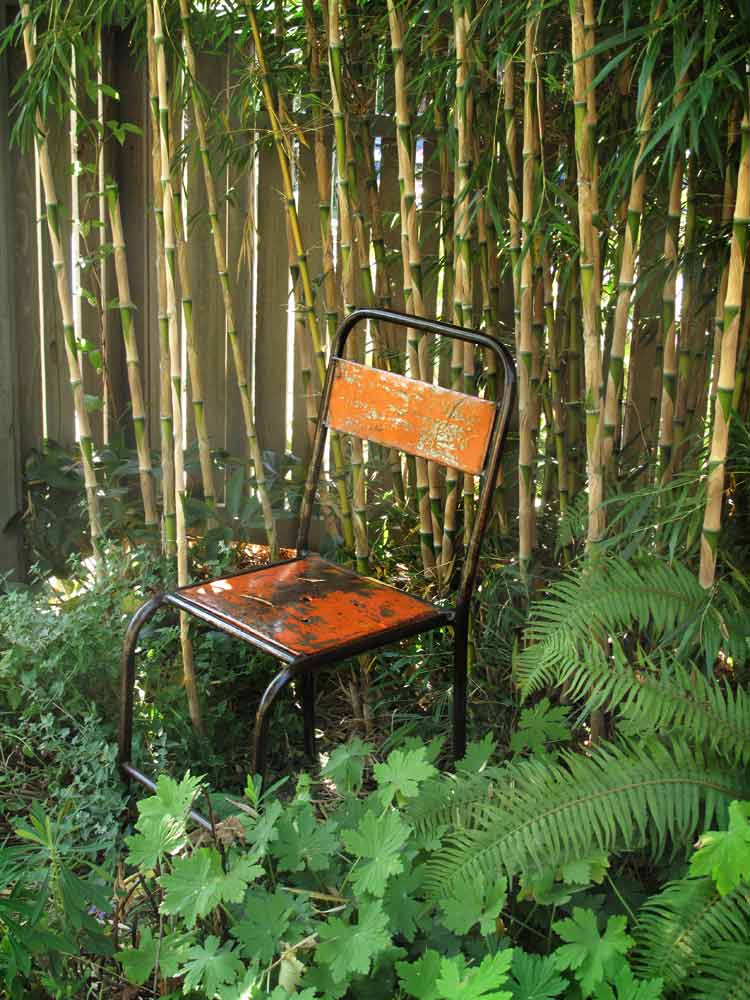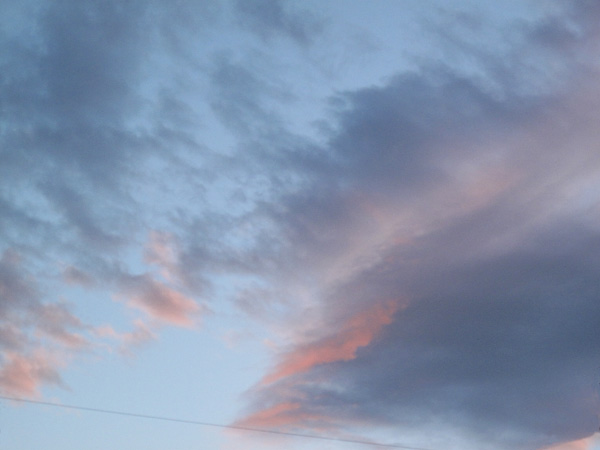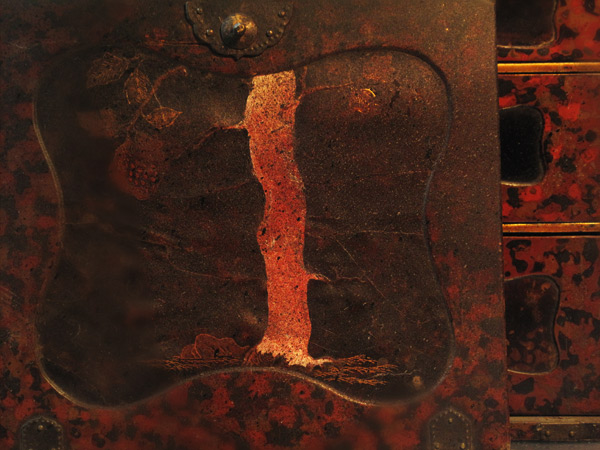“The word patra refers to the name of alms bowls that monks carry in various cultures to receive their portion for the day, an act that creates an understanding of interdependence with community and openness to the cycle of receiving and giving. The word’s origin in Sanskrit translates as “the vessel that never goes empty”. Whatever is received in the bowl is enough for the day, a reminder of the offerings of the present moment.” –The Patra Passage
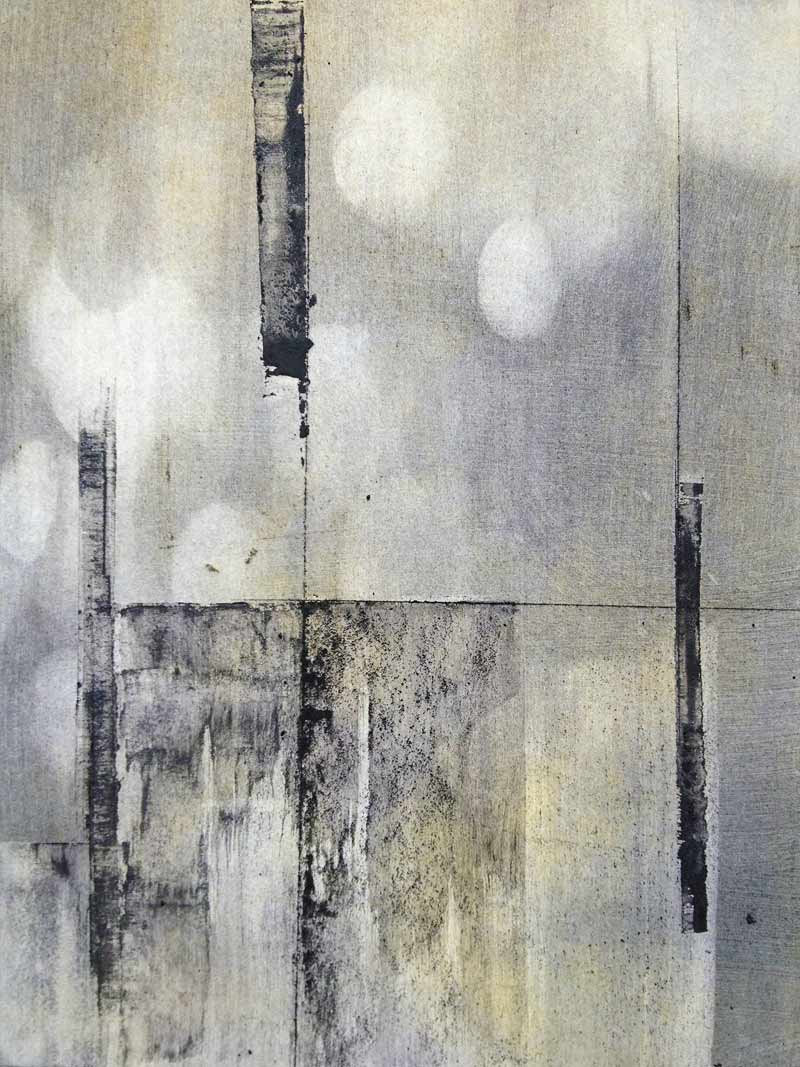
You don’t see a vessel here. You must imagine it, as I did, leaving it in its box for the first month it came into my possession as part of the Patra Passage. I was honored to be part of the project. I thought the vessel was very beautiful. And yet I wanted to leave it in the dark for awhile, parked almost casually by the door, as though poised between coming and going. In fact, inherent in the Patra Passage is the idea of impermanence: yes, you take “possession” of this beautiful object for four months, but then you let it go and pass it on, and at the end of the year it will be sold and the proceeds contributed to charity. As much as I am someone who loves objects, and devotional objects in particular, I found myself resistant. I didn’t want to fall in love, and I didn’t want to give up an object of love. I would rather close my eyes in the morning and imagine it.
I would sit and start my meditation thinking of gold light, and the gold leaf within the bowl. I would run my fingers along the torn clay edge, and marvel at the indecipherable language placed flawlessly on its burnt arc. And then I would exhale and think about my email and how many dolphins had washed up on the shore of the Huffington Post and the sweater that had pilled after one washing and the annoyance of whether I should join the Cloud and why the milk kept going bad. The usual non sequitur burden of having a mind that has a mind of its own and never wants to be truly empty. When I took the bowl out of its box and placed it where I sit each morning it made no difference. My attention was not on the bowl. I tried. I thought about generosity and giving and monks and alms and having and not-having and I concluded that I am selfish. I lived with that thought like a very annoying fly. It is still there, and I cannot say that I have become in any noticeable way more sainted.
What I carried with me from the very first moment of the project was not the vessel, but a sentence, rather not even a sentence, just the phrase: “enough for the day.” In those four simple words is a [Read more…]
